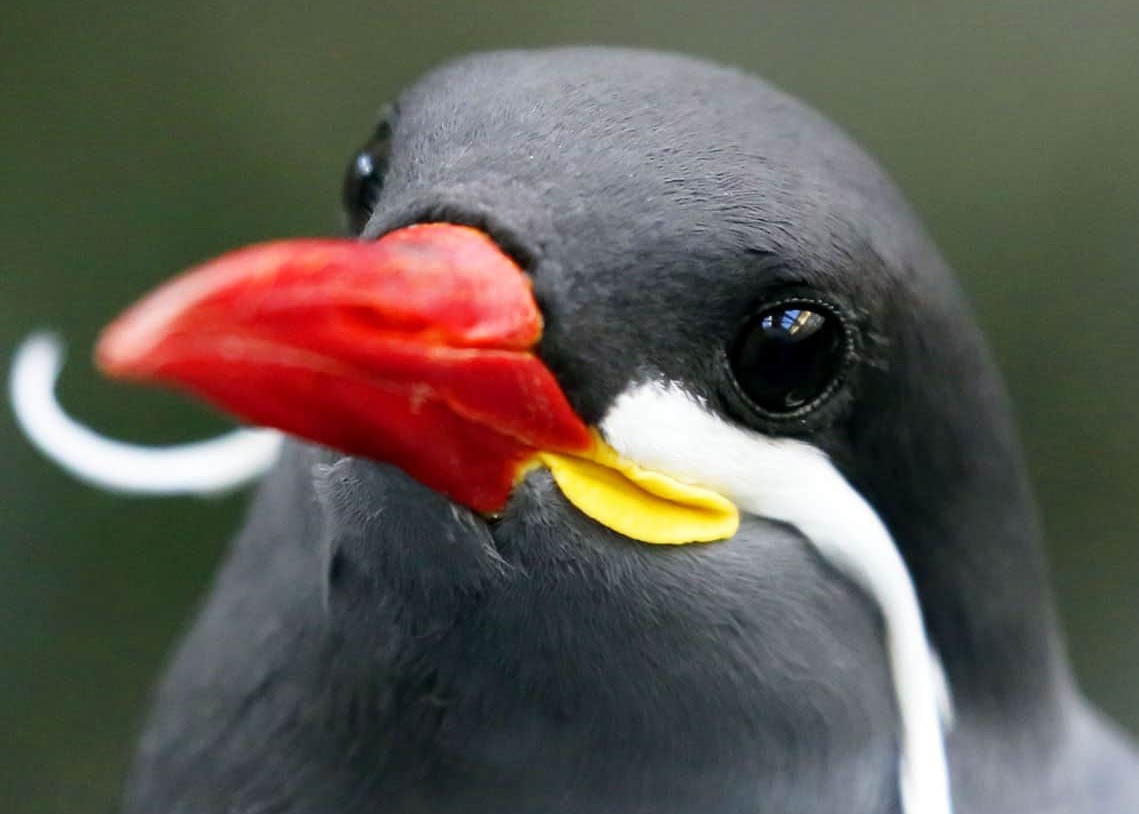Pilaquidae
Pilaquidae is a small family of ray-finned fish, including sunsettas and rassas. These tropical fish inhabit corallite pillars exclusive to Norrab, where they nest among thick clumps of kelp and coral, hiding from predators. These fish are highly defensive over their nests and are willing to attack anything that gets too close to their offspring.
While they are a very desirable pet, these fish do not cope well in captivity and most pass away after about a week. Very few aquariums have kept these fish alive for months at a time.
Taxonomy
Pilaquidae is a family in the order Acanthuriformes, alongside surgeonfishes, tangs, moorish idols, spindleheadfish, and boobfish, among others.
Pilaquidae is one of the smallest families in this order, with only four genuses and seventeen extant genera.
Rassa
Rassa abyssusRassa spicapita
Rassa parvorubrii
Rassa rassa *
Sunsettii
Sunsettii magnapinnaSunsettii lux
Sunsettii scopas *
Sunsettii vespera
Sonasii
Sonasii contortiiSonasii corallii *
Sonasii delecta
Sonasii flavicauda
Sonasii multacolorata
Sonasii trinotatus
Magnapila
Magnapila colloquiMagnapila emergo
Magnapila gigantica *
Anatomy
These fish are diverse in colouration, most species boasting brightly coloured scales.
Members of this family are characterised by their very large caudal fins, which merge with their dorsal and anal fins. Most genera have tails that measure half their entire length - these fish are usually between five and ten centimetres in length.
The largest fish in this family is the giant sunsetta, Magnapila gigantica, measuring in at twenty centimetres in length. The smallest species, the red cherry rassa (Rassa parvorubrii), measures in at just three centimetres in length.
Diet
Almost all rassas and sunsettas are herbivores. Their diet consists of short seagrasses, marine mosses, and kelps. Food is readily available and abundant around corallite pillars, many species fast-growing. Stetten moss is the most common plant eaten by these fish, as it prefers darker environments where the fish like to nest, and grow incredibly fast.
Rainbow and cupcake sunsettas are omnivores, occasionally feeding on tiny crustaceans, typically shrimp. Gossamer shrimp often seek refuge in the dens of these fish, where they may be preyed on.
Reproduction & Growth
Eggs of these species are easily recognisable, as tiny yellow spheres. Eggs clump together so none are lost, and are buried deep within nests. Both parents fiercely guard offspring while they incubate, operating on schedules where one gathers food, and the other protects the nest.
Anywhere between a hundred to two hundred and fifty eggs are laid in a single clutch. Just a handful will survive to adulthood thanks to the presence of predators. Once hatched the babies will remain in the nest for three to five weeks, with parents dropping off food before immediately searching for more. Feeding is a free-for-all, weaker offspring never lasting more than a few days.
Habitat
Rassas and sunsettas are uncommon fish around the Latica Ocean. They can only be found around corallite pillars, massive natural structures built on spinefield coral towers.
These fish nest in crevices and caves formed within these tunnels. Entrances are concealed with seagrasses clumped together by the fish.
Sunsetta schools will nest close together and will connect their nests via small tunnels through the corallite pillar. They use their sharp beaks to dig out the coral, recycling it into sand.
Behaviour
Sunsettas are schooling fish, while rassas are solitary. Sunsettas gather in schools of between ten and fifty. These fish use their tails to communicate. Chromatophores in their tail allows it to change colour slightly, with different colours signalling different emotions and moods.
Rassas lack chromatophores and rely on other methods of communication. They have been observed butting heads with others of the species, scientists theorising this is a sign of contentedness.
All fish in this family surprise their mates with presents every so often, ranging from small bits of food to nest decorations. The more eavily decorated a nest is, the more the fish are willing to defend it.
Phylum - Chordata
Class Actinopterygii
Order - Acanthuriformes
Suborder - Pilaquoidei
Family - Pilaquidae



















I would love to have an aquarium full of them. Great diversity. My favorite fish is the cupcake sunsetta.
Thank you! <3 The cupcake sunsetta might be my favourite, too :D